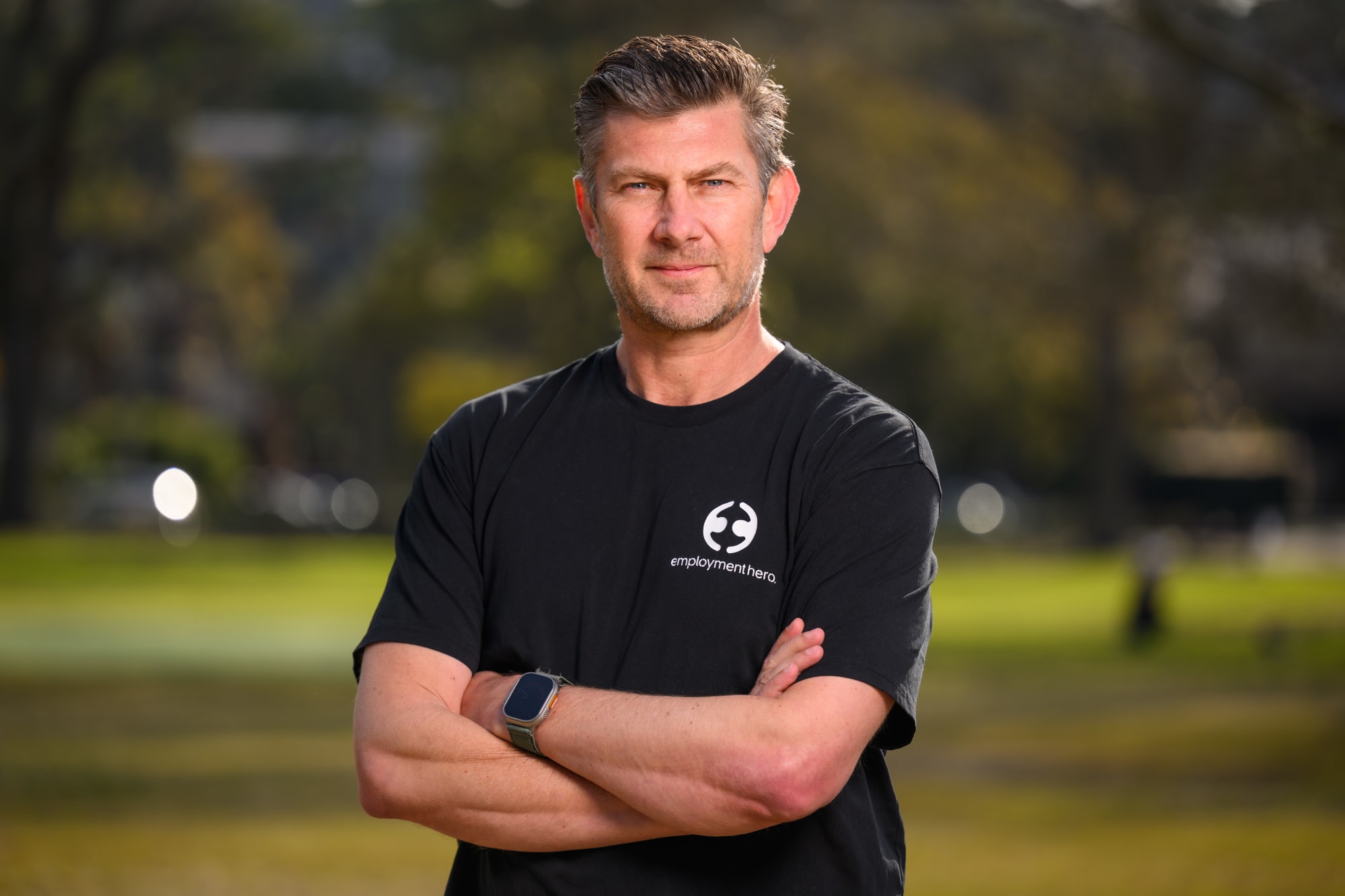Retirement
Super gender gap shrinks, but ASFA says more work is needed
The average super balance for women has grown at a faster pace than for men.
Super gender gap shrinks, but ASFA says more work is needed
A new report has revealed that the average superannuation balance for females grew by 12.0 per cent in the two years to June 2019, compared to an increase of 10.8 per cent for males.
The Association of Superannuation Funds of Australia (ASFA) found that the median super balance for Aussies aged between 60 and 64 was $137,050 for females and $178,800 for males as of June 2019.
Although still representing a gap of 23.4 per cent, ASFA said the difference in retirement savings between genders was well below the 47 per cent gap identified by the Australian Bureau of Statistics (ABS) in 2013-14 for individuals aged between 55 and 64.
“While there is still much work to be done, pleasingly we are starting to move in the right direction in terms of closing the gap between the retirement savings of men and women,” said ASFA CEO Dr Martin Fahy.

The overall average super balance was $146,420 for females and $162,280 for males in June 2019, rising to $289,180 for females and $359,870 for males aged 60 to 64.
Females held 42.5 per cent of total super assets, up from 41.9 per cent a year earlier.
ASFA said that despite the improvements, the median super balance of Aussies remained below the amount needed to support a comfortable standard of living during retirement.
“While it will be more than 30 years before most individuals in retirement will have had the full benefit of the Superannuation Guarantee, the proportion of new retirees who are fully self-funded has been increasing,” Dr Fahy said.
“Moving compulsory contributions to 12 per cent, as is legislated, together with other targeted policy measures is necessary to reduce the retirement savings gap for many Australians.”
One major contributing factor to the super gender gap highlighted by ASFA was the time out of the paid labour force associated with having a baby. Taking two year-long breaks can result in a nearly 10 per cent reduction in the super balance of women after reaching retirement age.
To combat the significant impact of having a child on super balances, ASFA repeated its calls to introduce a $5,000 super baby bonus and require payment of the super guarantee during paid parental leave.
As of 2019, about 320,000 Aussies had a super balance over $1 million according to ASFA, including 80,000 with more than $2 million and 11,000 with over $5 million.
While Aussies aged 60 and above mostly accounted for the high super balances, ASFA said that 370 individuals below the age of 30 had a super balance of $2 million or more.
The report also found that Indigenous Australians and individuals born in non-English speaking countries had significantly lower super balances than the overall population.

Superannuation
Expanding super for under-18s could help close the gender super gap, says Rest
In a push to address the gender disparity in superannuation savings, Rest, one of Australia's largest profit-to-member superannuation funds, has called for a significant policy change that would allow ...Read more

Superannuation
Employment Hero pioneers real-time super payments with HeroClear integration
In a significant leap forward for Australia's payroll and superannuation systems, Employment Hero, in collaboration with Zepto and OZEDI, has successfully processed the country's first ...Read more

Superannuation
Rest launches Rest Pay to streamline superannuation payments and boost member outcomes
In a significant move aimed at enhancing compliance with upcoming superannuation regulations, Rest, one of Australia’s largest profit-to-member superannuation funds, has unveiled an innovative ...Read more

Superannuation
Rest appoints experienced governance expert to bolster superannuation fund
Rest, one of Australia's largest profit-to-member superannuation funds, has announced the appointment of Ed Waters as the new Company Secretary. Waters, who brings with him over 15 years of extensive ...Read more

Superannuation
Small businesses brace for cash flow challenges as Payday Super becomes law
With the new Payday Super legislation now enacted, small businesses across Australia are preparing for a significant shift in how they manage superannuation contributions. The law, which mandates a ...Read more

Superannuation
Rest launches Innovate RAP to support fairer super outcomes for First Nations members
In a significant move towards reconciliation and inclusivity, Rest, one of Australia's largest profit-to-member superannuation funds, has unveiled its Innovate Reconciliation Action Plan (RAP)Read more

Superannuation
Payday super legislation promises fairer retirement for part-time and casual workers
In a landmark development for the Australian workforce, the recently passed Payday Super legislation is set to transform the retirement landscape for countless part-time and casual workersRead more

Superannuation
Payday Super passes as Employment Hero, OZEDI and Zepto unite to help small businesses meet new seven-day payment rule
With the Payday Superannuation Bill officially passing through Parliament, Australian businesses are now less than eight months away from a major shift in how superannuation contributions are made — ...Read more

Superannuation
Expanding super for under-18s could help close the gender super gap, says Rest
In a push to address the gender disparity in superannuation savings, Rest, one of Australia's largest profit-to-member superannuation funds, has called for a significant policy change that would allow ...Read more

Superannuation
Employment Hero pioneers real-time super payments with HeroClear integration
In a significant leap forward for Australia's payroll and superannuation systems, Employment Hero, in collaboration with Zepto and OZEDI, has successfully processed the country's first ...Read more

Superannuation
Rest launches Rest Pay to streamline superannuation payments and boost member outcomes
In a significant move aimed at enhancing compliance with upcoming superannuation regulations, Rest, one of Australia’s largest profit-to-member superannuation funds, has unveiled an innovative ...Read more

Superannuation
Rest appoints experienced governance expert to bolster superannuation fund
Rest, one of Australia's largest profit-to-member superannuation funds, has announced the appointment of Ed Waters as the new Company Secretary. Waters, who brings with him over 15 years of extensive ...Read more

Superannuation
Small businesses brace for cash flow challenges as Payday Super becomes law
With the new Payday Super legislation now enacted, small businesses across Australia are preparing for a significant shift in how they manage superannuation contributions. The law, which mandates a ...Read more

Superannuation
Rest launches Innovate RAP to support fairer super outcomes for First Nations members
In a significant move towards reconciliation and inclusivity, Rest, one of Australia's largest profit-to-member superannuation funds, has unveiled its Innovate Reconciliation Action Plan (RAP)Read more

Superannuation
Payday super legislation promises fairer retirement for part-time and casual workers
In a landmark development for the Australian workforce, the recently passed Payday Super legislation is set to transform the retirement landscape for countless part-time and casual workersRead more

Superannuation
Payday Super passes as Employment Hero, OZEDI and Zepto unite to help small businesses meet new seven-day payment rule
With the Payday Superannuation Bill officially passing through Parliament, Australian businesses are now less than eight months away from a major shift in how superannuation contributions are made — ...Read more









